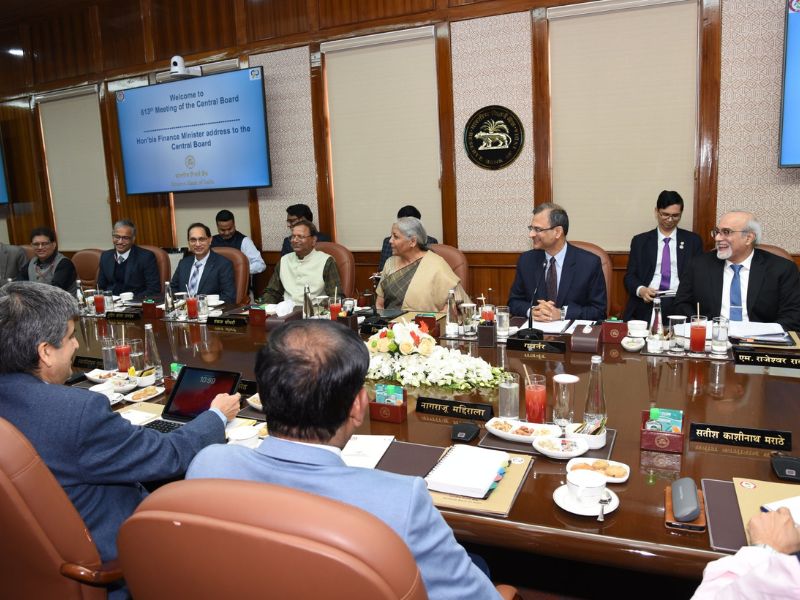.png)

Groupthink is the House View of BasisPoint’s in-house columnists.
February 10, 2025 at 3:40 AM IST
The Monetary Policy Committee’s decision to cut the policy repo rate by 25 basis points to 6.25%—its first reduction in five years—looked more like a tactical tweak than the start of an easing cycle. Global uncertainties kept the central bank from shifting to an accommodative stance, a necessary step for deeper cuts.
A deep easing cycle is unlikely. One or two more cuts, at best, may follow this year. The Federal Reserve’s stop-start moves have unsettled global capital flows, making it riskier for India to commit to extended rate cuts. The RBI may tread carefully—sharp Fed pivots could weaken the rupee and stoke inflation.
This cut recalibrates policy rather than reviving growth. It eases constraints but doesn’t change the game. Most emerging markets may have to adjust rates cautiously, watching the Fed while balancing growth, inflation, and currency risks.
At the latest review, Malhotra found a narrow window for a cut. Inflation should ease further as food prices cool and past rate hikes take effect. Growth is recovering from its second-quarter low in 2024-2025 but still lags last year’s pace. With this mix, Malhotra leaned toward support.
He described the cut as a "less restrictive" measure for this meeting, signalling no commitment to further easing. Without a shift from neutral to accommodative policy, the RBI has left its options open.
Global trade risks, supply disruptions, and erratic weather cloud the outlook. The MPC, aware of these uncertainties, chose caution, keeping flexibility intact.
The cut is likely to please the government, which, despite slowing GDP growth, has stuck to fiscal discipline. Financial Secretary Tuhin Pandey welcomed lower rates but stressed that fiscal restraint remains key to controlling inflation. The government’s stimulus is limited to targeted tax breaks for the middle class.
Malhotra chose the middle ground: a modest cut to appease the government without promising more easing. Future rate moves depend on the Fed’s next step and the rupee’s resilience.
The RBI projects GDP growth at 6.7% and inflation at 4.2% for 2025-2026, with risks evenly balanced. Malhotra hinted growth might cross 7% but hedged against external volatility in currency and commodity markets.
Without liquidity support, the rate cut is a half-measure. The RBI reassured markets but held back from fresh liquidity measures. In January, it announced a potential ₹1.5 trillion infusion—mostly to offset currency market interventions and tax outflows. With advance tax payments due in March, banks may hold off on cutting lending rates unless the RBI steps in with open market operations or a cut in cash reserve ratio.
The government may nudge banks to lower rates to spur private investment, but transmission remains in doubt. Banks, too, are unsure whether this cut signals a trend or remains a one-off move. The RBI lowered the price of money but didn’t expand its supply. Until liquidity improves, the full impact of the first rate cut in five years won’t materialise.
There is another way to look at the RBI’s move. Growth needs support, and any relief is welcome. Yet Malhotra may have moved more for optics than substance. Future policy hinges on global shifts. For now, uncertainty outweighs conviction.



